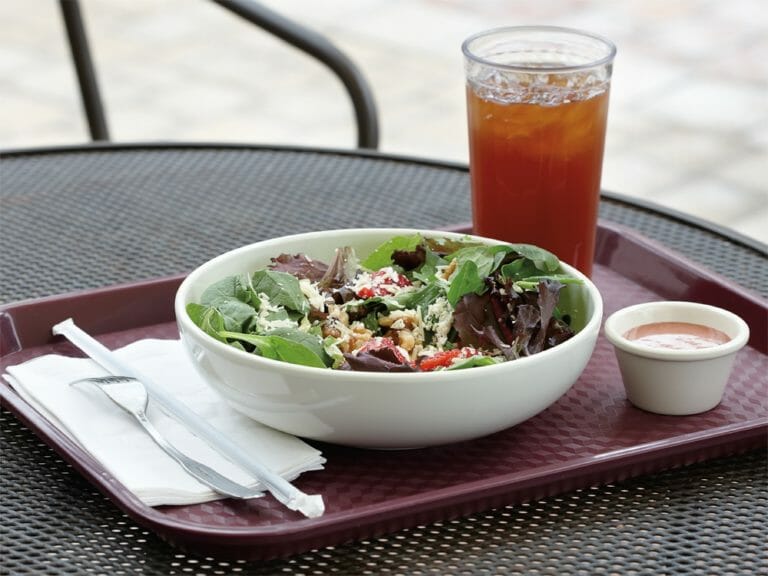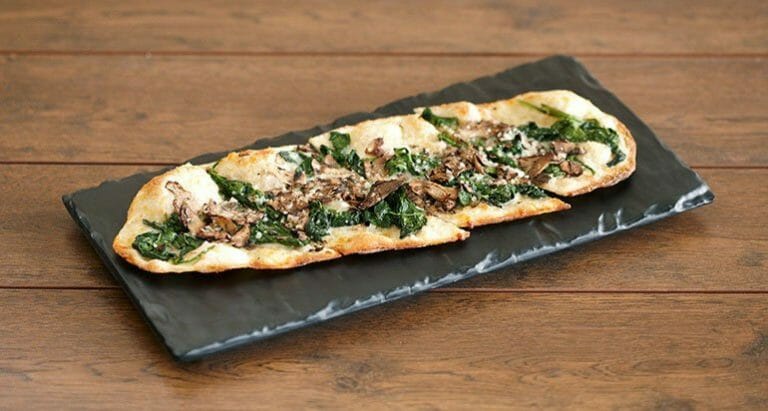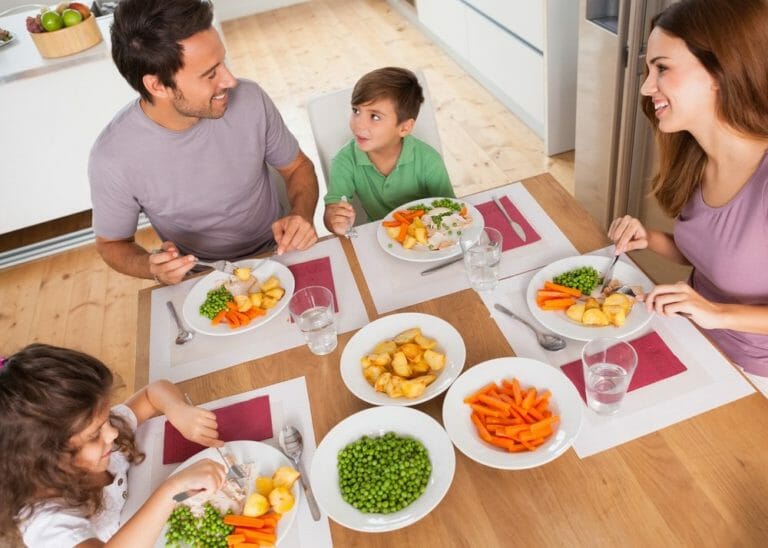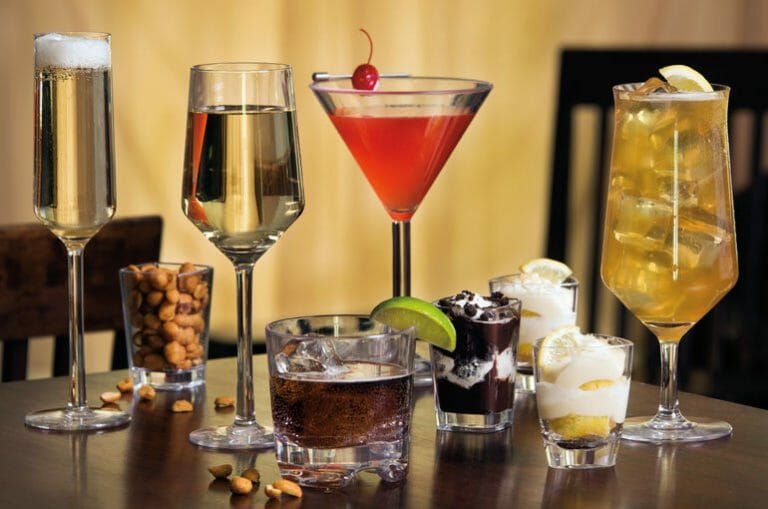8 Tips for a Profitable Salad Bar
Consumers’ demand for healthy dining options isn’t likely to go anywhere anytime soon. When there’s demand, supply is typically not far behind, hence the proliferation of salad concepts, including self-serve salad bars.
While you may earn repeat customers with salad bars, operators often find them expensive with low returns. To help operators meet consumer demand and get the most out of their salad bars, we’ve leaned on our 30+ years’ experience to create a list of 8 Ways to Increase Profits at Your Salad Bar to keep you guests coming back for more. Any operator can benefit from these tips whether you’re installing your first salad bar or enhancing a legacy system.
#1: Serve Less, More Often
You want your product to look fresh, so you don’t need mounds of it (but always measure your demand and peak times). Bring out enough product so your food pans and crocks look full, then have fresh product backup containers ready to go. This helps with food cost and quality, making your salad bar more enticing for customers.
#2: Cut Your Veggies
This is a case where size absolutely matters. How often have you seen food cut way too big, like over-sized broccoli crowns or whole peppers? Taking the time to cut your veggies into bite-sized pieces helps you get more mileage out of the same amount of product, reducing your overall food cost. Additionally, your guests can enjoy their salad without the hassle of extra cutting and chopping.
#3: Rotate Product
We’re not talking about switching up the order of your food pans, but rotating your actual product within your pans. We’ve seen employees panic when product runs low. They rush and throw new product on top of the old. But then at the end of the day, you’ve got unusable product at the bottom of your pans.
Coach your employees to put the oldest product on top so it gets used first. Rotating your products like this will save you money, reduce your food waste, and keep your food looking beautiful.
#4: Put the Least Expensive Products in Front of Your Customer
We’ve been taught to go left to right throughout our lives. We read that way, queue in lines that way, and our eyes move that way when we read or look at art. We also inherently tend to focus on what’s directly in front of us.
Put your lower food cost items on the left side of your salad bar if it moves left to right. Or put them up front if crocks and food pans are arranged from front to back. When your guests get to the higher food cost items, they won’t take as much because their plates are already close to full. Moving proteins toward the back and highlighting veggies up front can reduce food waste and increase profits.
{{cta(‘a2fed10f-01e8-4e9c-a9aa-47abcb6aff1a’)}}
#5: Get Smaller Ladles, Tongs, and Salad Dressing Bottles
Tongs
Look for tongs with a small opening between the tips. Tongs with a wide gap between tips makes is easy for your guests to grab too much product. And you only need a little bit of each item anyway. For lettuce greens, you want to have a reasonable size gap – we’re not saying make your guests grab lettuce leaf by leaf. But for most of your product, you only need a few grape tomatoes, a couple onion rings, etc.
Ladles
Cut your ladle sizes in half. If you have 2 oz. ladles, go to 1 oz. If you have 1 oz., go to 1/2 oz ladles. It’s been proven that people who to go self-serve bars of any kind – yogurt, ice cream, salad, etc. – aren’t going to take just one piece from a crock or food pan. They take two. Using a smaller ladle lets your guests get the satisfaction of taking product twice while still ending up with an appropriate amount on their plate.
Salad Dressing Bottles
Find salad dressing bottles with the smallest opening in the pour top. This allows for better control of the dressing as your guests pour, and helps to drizzle small amounts of dressing evenly over their salads instead of having a big clump in one place. Your guests also use less dressing this way, which saves you money.
#6: Use Short Vessels to Keep Veggies Fresh
Shallower containers create a better product look and quality. Nobody needs a 6″ or 4″ deep pan for peas. You’d never go through them all while keeping them fresh. It’s the same for carrots, radishes, chick peas, you name it. You just don’t need a deep vessel for most items you’d put on a salad bar.
Using shallower pans helps keep your freshest products in the walk-in cooler, allowing you to rotate out during service as needed. Your food also won’t degrade over the course of a day. Imagine pounds of sliced mushrooms sitting in a pan all day. By the end of the day, they’d be withered and undesirable, ultimately ending up in the trash and costing you money.
#7: Upgrade Your Presentation
Bugambilia¨ Fit Perfectª was created for operators who want to make their salad bars and cold bars look better. In fact, there are a lot of ways you can jazz up your salad bar presentation. However you go about it, in many cases, you can charge more for the same product. Your guest will still feel like they’re getting a good value due to upgraded aesthetics, and you’ll make more money. It’s a win-win.
#8 Change it Up
Switch out cauliflower for cole slaw. Replace green olives with black ones. Move things around (now we are talking about reconfiguring your crocks and food pans). Emphasize seasonal items by putting them up front or on the left side of your salad bar. You can do the opposite if (when) a popular veggie, let’s say tomatoes, is recalled. If you still want to serve them but can only source 1/8 of what you had before, put them in the back or toward the right to decrease the amount your guests take.
You can move stainless steel food pans around on a salad bar. But you can also do it easily with Bugambilia¨ Fit Perfectª because it’s designed specifically to be easily reconfigured. And with 23 NSF-certified colors, you can use a contrasting color to call attention to a certain veggie, indicate allergen-free products, or highlight a special house recipe or guest favorite. You can feature your brand colors or go with traditional white for a clean, bright look that will make your colorful veggies pop.
We hope these eight tips are helpful. You can pick and choose which ones are best for your particular situation and/or try out some different things to increase your bottom line while keeping your food fresh and your guests happy. If you’d like to learn more about Bugambilia¨ Fit Perfectª, we’ve got you covered in “Review of Bugambilia¨ Fit Perfectª: The Easy Setup Cold Bar Solution for Foodservice.”
We’d love to hear your own tips for profitable salad bars in the comments. What useful tips have you learned along the way?
{{cta(‘8d97949d-5da3-4d20-be7d-c81134328a61’)}}








